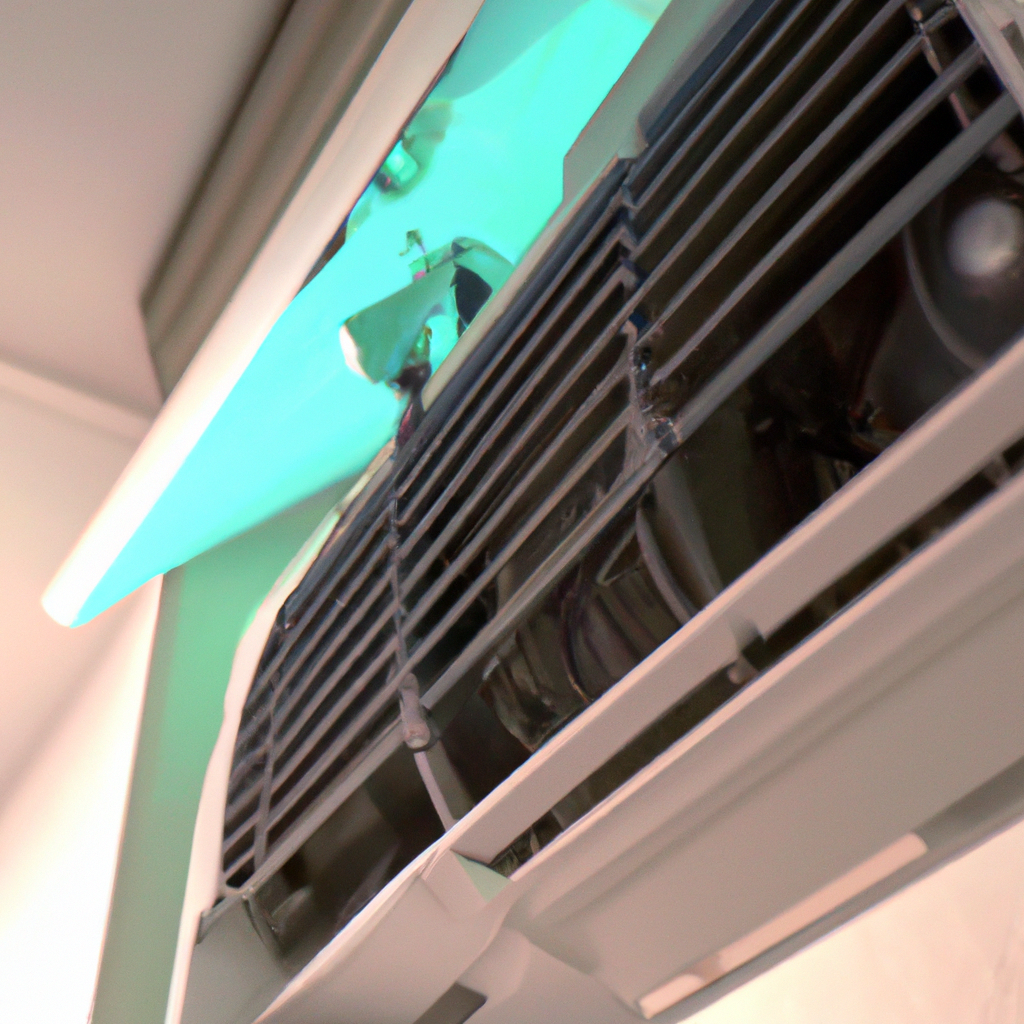Central air conditioning systems are common in many homes and offices, especially during the summer months. HVAC (heating, ventilation, and air conditioning) systems are responsible for regulating indoor temperature, humidity, and air quality. Air conditioning units are a significant part of HVAC systems, and they work together to ensure a comfortable living or working environment. In this article, we will explore how a central air conditioning system works, and some essential tips for AC maintenance, air conditioning repair, and HVAC installation.
Working Principle of Central Air Conditioning System
A central air conditioning system works by removing heat and moisture from indoor air, replacing it with cooler, drier air to maintain a comfortable temperature. The cooling system comprises three critical components: the compressor, the condenser, and the evaporator. These components work together to circulate refrigerant and remove heat from the indoor air.
The compressor is the heart of the air conditioning system. It compresses the refrigerant, raising its temperature and pressure. The high-pressure refrigerant then moves to the condenser, where it releases heat, and the refrigerant cools and condenses into a liquid.
The liquid refrigerant then moves to the evaporator, located inside the house, and expands, turning back into a gas. This process absorbs heat from the indoor air, cooling it down. The cooled air is then circulated back into the house through the ductwork and vents.
Essential Tips for AC Maintenance
To ensure that your central air conditioning system works efficiently, it’s essential to perform regular maintenance. Here are some practical tips for AC maintenance:
1. Replace the air filter regularly to ensure proper airflow and prevent dust and debris from accumulating in the system.
2. Clean the outdoor unit to remove debris, such as leaves, twigs, and dust, which can obstruct airflow.
3. Check the refrigerant levels to ensure that there are no leaks or low levels, which can reduce the system’s efficiency.
4. Inspect the ductwork for leaks, cracks, and holes, which can reduce the cooling capacity of the system.
5. Schedule regular air conditioning repair and maintenance with a professional HVAC technician to identify and fix any potential problems before they become bigger issues.
HVAC Installation and Air Conditioning Technology
When it comes to HVAC installation, it’s essential to choose the right air conditioning technology for your home or office. There are various types of air conditioning units, including central air conditioning systems, window units, ductless mini-split systems, and portable air conditioners. Each system has its advantages and disadvantages, depending on your specific needs and budget.
Central air conditioning systems are the most popular type of AC unit, and they offer several benefits, including:
1. Consistent cooling throughout the house, without the need for multiple window units or portable ACs.
2. Better indoor air quality, as central AC systems filter and dehumidify the indoor air, removing dust, allergens, and other pollutants.
3. Quieter operation than window units or portable ACs, as the compressor and condenser are located outside the house.
4. Increased energy efficiency, as modern central air conditioning systems are designed to consume less energy and save on utility bills.
In conclusion, a central air conditioning system works by removing heat and moisture from indoor air, replacing it with cooler, drier air to maintain a comfortable temperature. Regular AC maintenance and air conditioning repair are essential to ensure that the system works efficiently and lasts longer. When choosing an HVAC installation, consider the different types of air conditioning technology available and choose the one that best suits your needs and budget.







